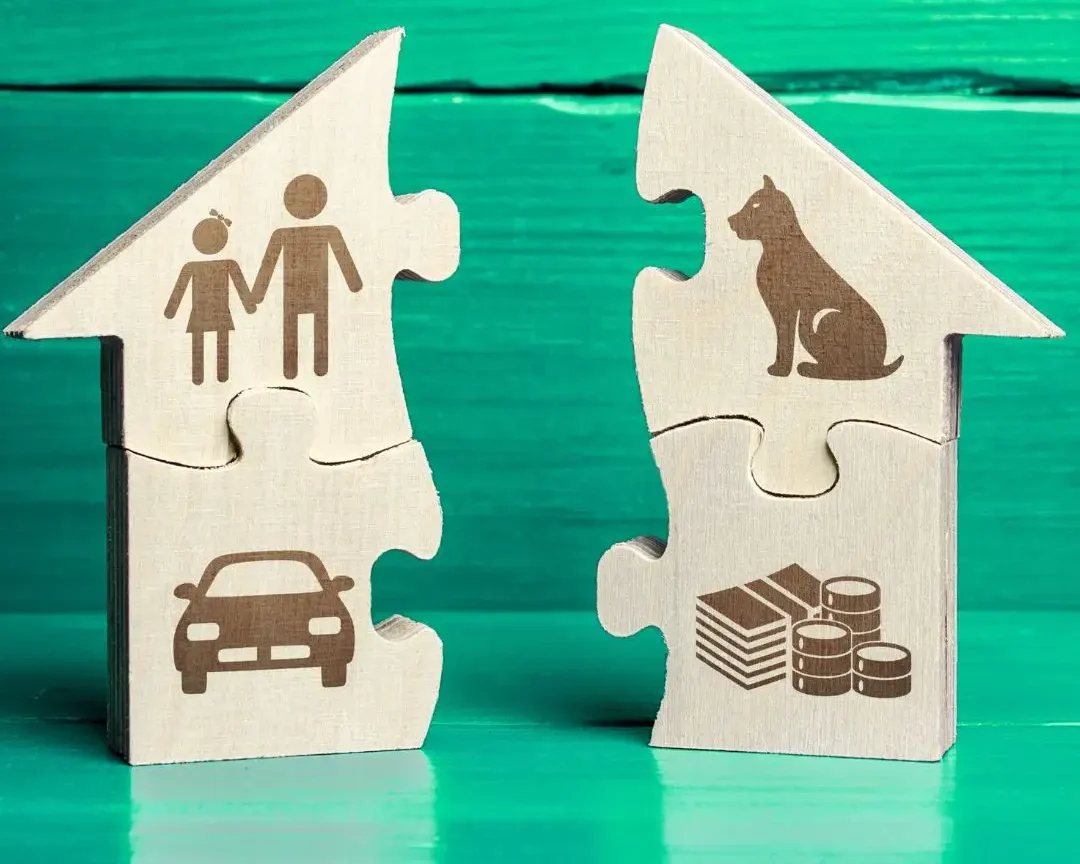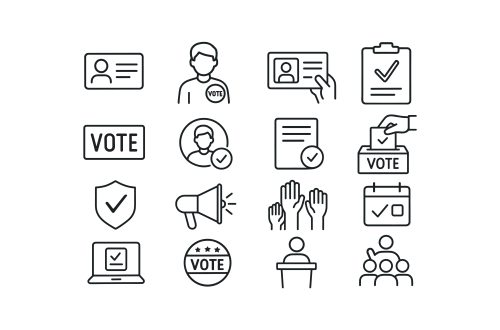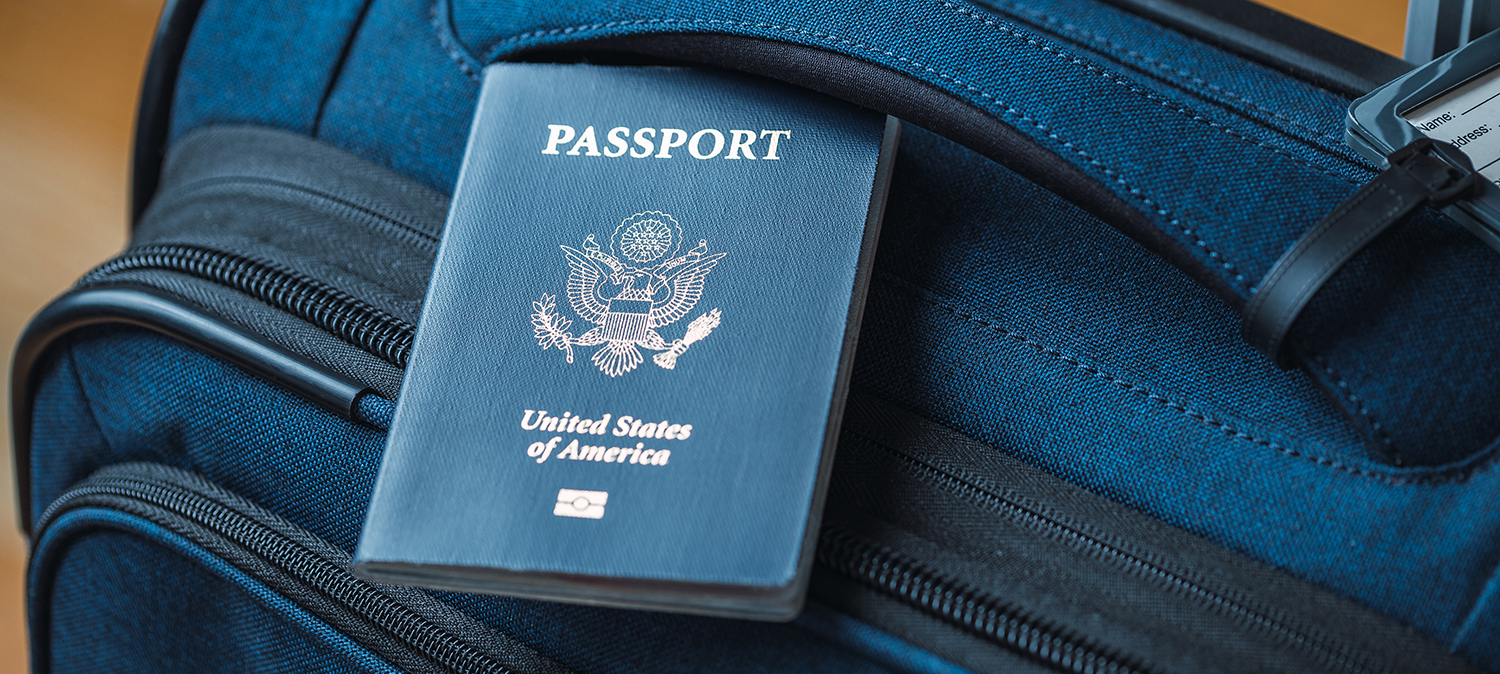How to Change Your Name in California After Divorce
Divorce often brings with it a season of transition—emotionally, practically, and legally. One of the decisions you may face is whether to keep your married name, return to a prior name, or adopt a new variation. Whatever you decide, the good news is that the name change process in California is straightforward once you know the required steps and timing involved.
This guide will walk you through exactly how to change your name after a divorce, covering everything from utilizing your final divorce decree to updating your Social Security card, driver’s license, and passport.
Tip: You can always get expert help and simplify the paperwork process by using HitchSwitch.com.
Timing Your Name Change in California
Before you can start changing your name on official documents, you’ll need to have your final Judgment of Dissolution (divorce decree) in hand. This document, signed by a judge, finalizes your divorce.
The judgment includes specific language that restores your prior legal name (such as your birth or maiden name), which then becomes the legal proof for your name change
- If your decree includes your name change: You can move forward with government agencies right away.
- If it does not: You can still request the change by filing a specific form with the court later (Form FL-395, detailed below).
Using Your Divorce Decree for Your Name Change
If your divorce decree specifically restores your prior name, this is the simplest path to changing your name. The decree itself serves as your legal proof of the name change. With it, you can:
- Return to your maiden name.
- Resume a prior legal name.
- Use it to make consistent updates with agencies like the Social Security Administration (SSA), the DMV, and the U.S. Department of State.
Tip: It’s a great idea to order a few certified copies of your divorce decree, as you’ll often need to provide one when updating your records with major institutions.
When a Separate Court Form is Needed (Form FL-395)
If you didn’t request a name change during your divorce, or if the order was omitted from your final judgment, you typically can still revert to a former legal name by filing a subsequent form: the Ex Parte Application for Restoration of Former Name After Entry of Judgment (Form FL-395).
- This process involves submitting the form to the same California Superior Court that handled your divorce.
- In most counties, a judge can approve this request without requiring a hearing.
Important: This process generally applies only if you are reverting to a name you legally had before the marriage. Otherwise, you will need to go through the full legal name change petition process. If you wish to change your name to a name you have never legally used before (e.g., a completely new first, middle, or last name), you cannot use the divorce process. Instead, you must file a separate Petition for Change of Name (Form NC-100) with the California Superior Court. This route is more complex and involves a separate filing fee and often a publication requirement.
The 3 Essential Steps for Updating Your Government IDs
Once you have your certified court document, you can begin updating your identification.
Step 1: Social Security Name Change
Your first stop must be the Social Security Administration (SSA). Completing your Social Security card name change is required before updating your California driver’s license or state ID.
To update your name, you’ll need to:
- Complete Form SS-5 (Application for a Social Security Card), available at SSA.gov.
- Provide a certified copy of your divorce decree or court order.
- Show proof of identity (driver’s license or passport).
- Show proof of U.S. citizenship (birth certificate or passport).
There is no fee for updating your Social Security card, and you’ll typically receive your new card within two to three weeks.
Step 2: California License/State ID Name Change (DMV)
Once your Social Security record has been updated, your next step is to change your name on your California driver’s license or state ID. This must be done in person at a DMV office.
Here’s what you’ll need:
- A completed Driver’s License or Identification Card Application form.
- A certified copy of your divorce decree.
- Your updated Social Security record (California verifies this electronically).
- Your current driver’s license or state ID.
- Proof of residency (2 documents are often required for a REAL ID).
- Proof of legal presence (like a Valid Passport or Birth Certificate).
You will pay the applicable fee for a new license and have a new photo taken. You’ll receive a temporary license while your new card is processed and mailed to you. (For more details on REAL ID, visit: blog.hitchswitch.com/2025/06/how-to-change-your-name-on-your-real-id-after-divorce/)
Step 3: Passport Name Change
If you hold a U.S. passport, you’ll need to update it to reflect your new legal name. The process is the same nationwide, with three possible forms depending on your passport’s issue date:
| Situation | Form to Use | Key Requirements |
| Passport is less than one year old. | DS-5504 | Free. Submit current passport, court order/decree, and new photo. |
| Passport issued within the last 15 years and still in good condition. | DS-82 | Requires renewal fee. Submit current passport, court order/decree, and new photo. |
| Passport issued over 15 years ago, or heavily damaged. | DS-11 | Apply in person with proof of citizenship, ID, court order/decree, photo, and standard fees. |
Final Tips for Your Name Change In California
Changing your name after a divorce is a significant undertaking that requires coordinating across multiple agencies. By tackling the Social Security update first, followed by your DMV and Passport, you ensure consistency across your most important documents. To simplify the entire process of updating all your non-government accounts—including banks, insurance companies, utilities, and employers—use HitchSwitch. Our pre-filled forms and personalized instructions help you update your name across all the places that matter, saving you significant time and stress during this important transition.
❓ Frequently Asked Questions (FAQs)
- Q: How much does it cost to change my name after a California divorce?
- The cost depends on when and how you request the change:
- During the Divorce: Usually no extra filing fee beyond the standard divorce filing fees you already paid.
- After the Divorce (Using FL-395): If all original fees were paid, there may be no additional filing fee for the form. If not, a filing fee (which can range from $435–$450) may apply.
- Changing to a New Name (New Petition): Requires a new name change petition with a filing fee of approximately $435–$450, plus the cost of newspaper publication.
- Certified Copies: Budget about $20–$40 per certified copy of your court order/decree, plus fees for your new driver’s license/passport.
- The cost depends on when and how you request the change:
- Can I change my middle name using the divorce decree?
- The name change language in a California divorce decree (Form FL-180 or FL-395) allows you to revert to a “former legal name,” which includes the first, middle, and last names you had before marriage. If you wish to adopt an entirely new middle name you have never used, you will likely need to file a formal, separate Name Change Petition (Form NC-100).
- Is there a time limit to change my name after the divorce is final?
- No. In California, there is no time limit to revert to a former legal name after a divorce. You can file the Ex Parte Application for Restoration of Former Name (Form FL-395) months or even years after your Judgment of Dissolution was finalized.
- Can I go back to my maiden name without a court order?
- No. All major government agencies (SSA, DMV, Passport) require a certified court order or divorce decree.
- What if my divorce was finalized outside of California?
- You can generally use a certified copy of a divorce decree from an out-of-state court, provided that decree includes specific language restoring your prior name. If your out-of-state decree does not include this language, you may need to file a separate name change petition in California.




